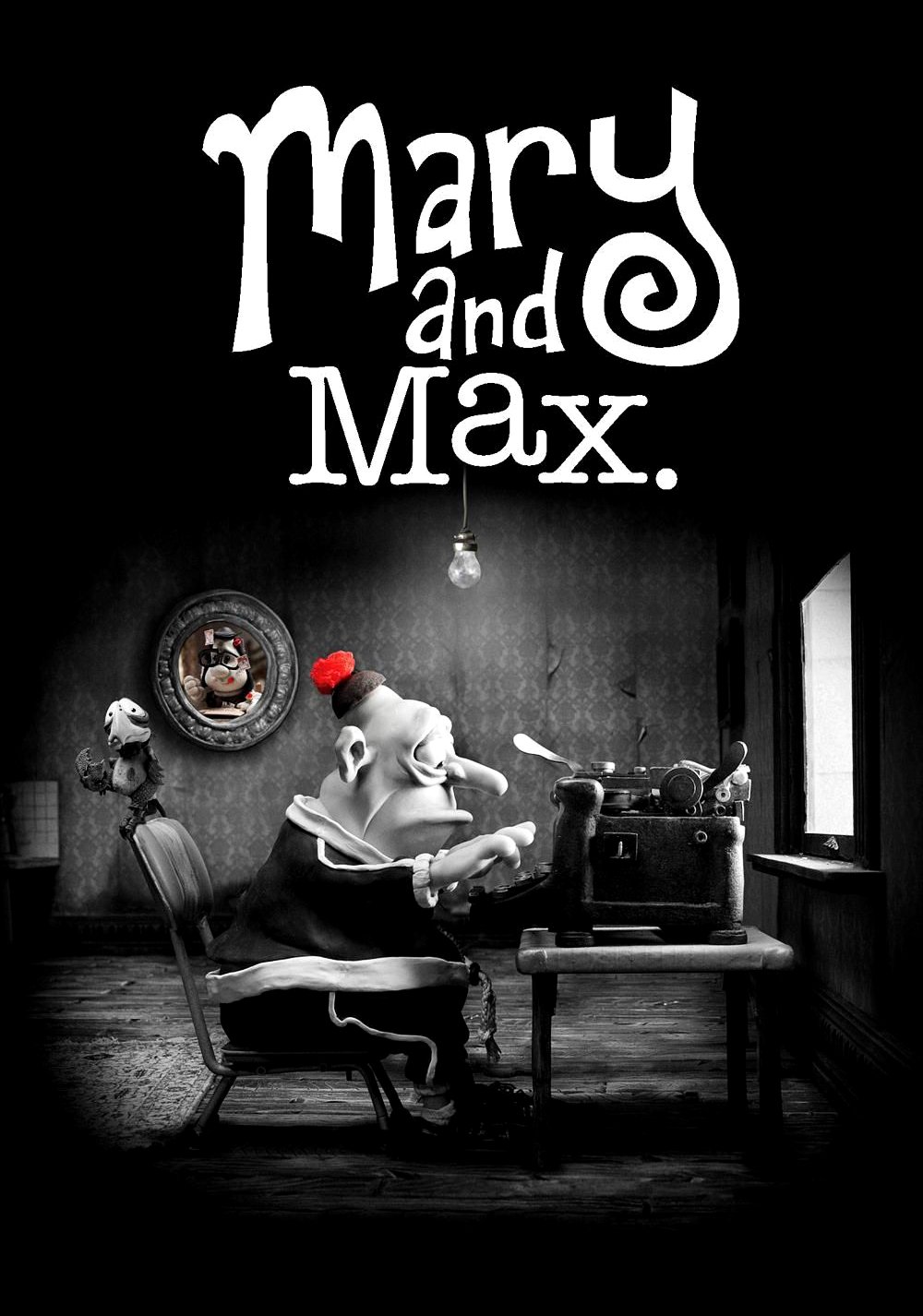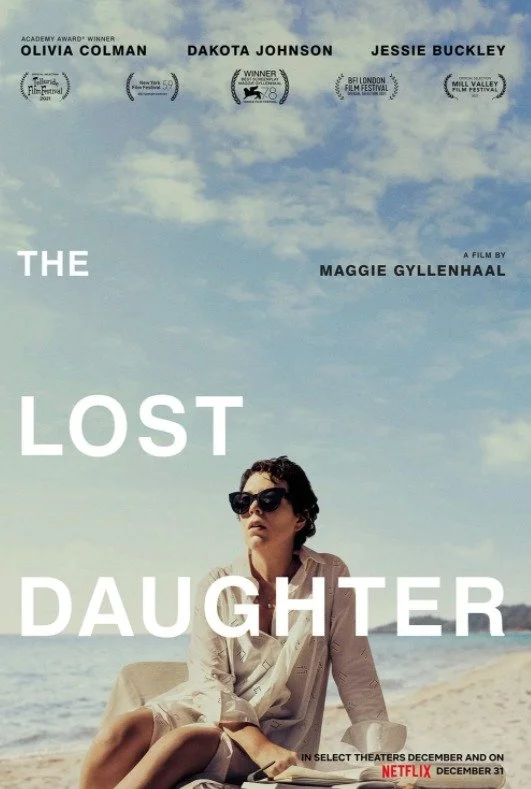Favorite Films: Mary and Max (2009)
There is a strange misconception many people have that animation is just for kids. I often see it labeled a genre too, which is odd since it’s a filmmaking method like any other that encompasses many genres. You don’t call 16mm a genre, do you? Adam Elliot’s film Mary and Max from 2009 is one of many examples of an animated film that is not just for a younger demographic. Its presentation is deceiving since it has the same Claymation style that other kid-friendly films have used. There are certainly light elements to the film early on, but it delves into darker more uncomfortable areas that kids likely won’t understand.
Mary and Max is about a lonely eight-year-old girl, Mary, voiced by the brilliant Toni Collette, who starts a long-distance pen-pal friendship with a forty-four-year-old man in New York City, Max. He is voiced by one of my favorite actors, the late great Philip Seymour Hoffman. He infused his roles with a remarkable level of universal empathy. Hoffman is one of the few actors who could make any film better by his presence. I wish he had done more voiceovers.
The film delves into the vastly different lives of Mary and Max. She lives with her parents who are not the most capable of nurturers. Her mother is a kleptomaniac alcoholic, and her father is distant at best. They are not outright neglectful; more unprepared and unengaged with the concept of raising a child. Mary is bullied by other kids at school and finds it difficult to make friends. One day she chooses a name at random from an American phone book. That name ends up being Max. She sends him a letter, telling him about her life.
This letter sends him into an anxiety attack. Max has difficulties making connections with people due to various mental and social issues, including being diagnosed with Asperger’s. We see snapshots of his problems throughout the film. He doesn’t understand how to read people’s emotions and takes everything literally. He has a disconnect with the world around him, but Mary gives him a chance to have some kind of bond with another person.
This forms the heart of the story. A friendship between a child and a man in his forties could have shifted into uncomfortable territory, but the film never gets to that point. There is a purity to their interactions that shows how even the most unconventional connection between people can be significant. The film starts with a hint of whimsy and dark comedy. There are visual gags that are genuinely funny. The caricatured designs of the characters make them all stand out. Even the most insignificant background character has a distinct personality evident on their face. The animation is not as detailed as others with a higher budget, but the charm it brings to the story would not have been achieved with a bigger production.
There is an overarching theme of accepting yourself, warts and all, to the film that I loved. It never made any kind of statement about how anyone should or shouldn’t be, it was just a genuine portrayal of these people’s lives and struggles. Despite Max’s numerous problems, he doesn’t see his Asperger’s diagnosis as something that needs fixing. He is happy with the way he is and does what he can to cope with the curve balls thrown at him from day to day. Mary, on the other hand, is dissatisfied with herself and burdened with painful insecurities. She has a prominent birthmark on her face that she gets teased about, so she later decides to remove it with surgery.
The letters she sends to Max throughout the years are a way for Mary to come to terms with herself. She goes through monumental changes and turmoil. The film starts to delve into the darkest aspects of the story when her life goes downhill. It retains the quirky charm that makes it distinct, but it is laden with melancholy and brutal inner pain. While she is going through all these life-altering changes and trials, Max remains the same person he always was. He loves chocolate hot dogs and his favorite kid’s tv show, The Noblets; a show that Mary also adores.
Part of what makes the film so wonderful is these many snapshot moments of life. The beautiful details immerse me in these people’s worlds. The color palette accentuates the personal confinement these characters are both dealing with. Mary’s world has a muddy brown hue where the surroundings blur together, much like our memories of childhood. Some specific objects and moments are etched in our minds from that time, but the big picture fades into the background.
We remember the food we loved, the individual people, and the habits they display. Mary however does not understand what her mother is always drinking and why her father is a non-entity. She doesn’t even comprehend what it is her mother is drinking. She just tries to be as happy as she can with what she has. Max’s world in contrast is grey and black, an oppressive and confusing metropolis to reflect his disconnect from it. Other characters around him are like aliens observing a baffled specimen. This slice of life approach to the film paints a gorgeous yet somber picture.
There is a simplicity and order to his life that brings him comfort. Anything out of place or a sense of disarray sends him into a panic. Mental illness portrayals in film are notoriously poor taste. They usually exaggerate or negatively misinterpret a mental issue to utilize as character development fodder. Mary and Max certainly leans towards exaggeration, but never in a detrimental way. It’s one of the most honest portraits of the subject I can think of, written from experience and respect rather than exploitation.
I wish more people would give animation a chance to evolve beyond the point of being seen as family-friendly entertainment. There is animation that dabbles in more adult themes, usually independent and foreign films. Japanese animation has made adult-focused stories for decades. What makes animation such a brilliant storytelling method is the suspension of disbelief it allows; far beyond what a company like Pixar seems willing to do. Their films are mostly enjoyable, but more recently I think their storytelling hasn’t evolved as much as the visuals. They feel held back by having to make their films for families. That’s why we need films like Mary and Max to remind us of the boundless potential animation has if we allow it creative space to flourish.








